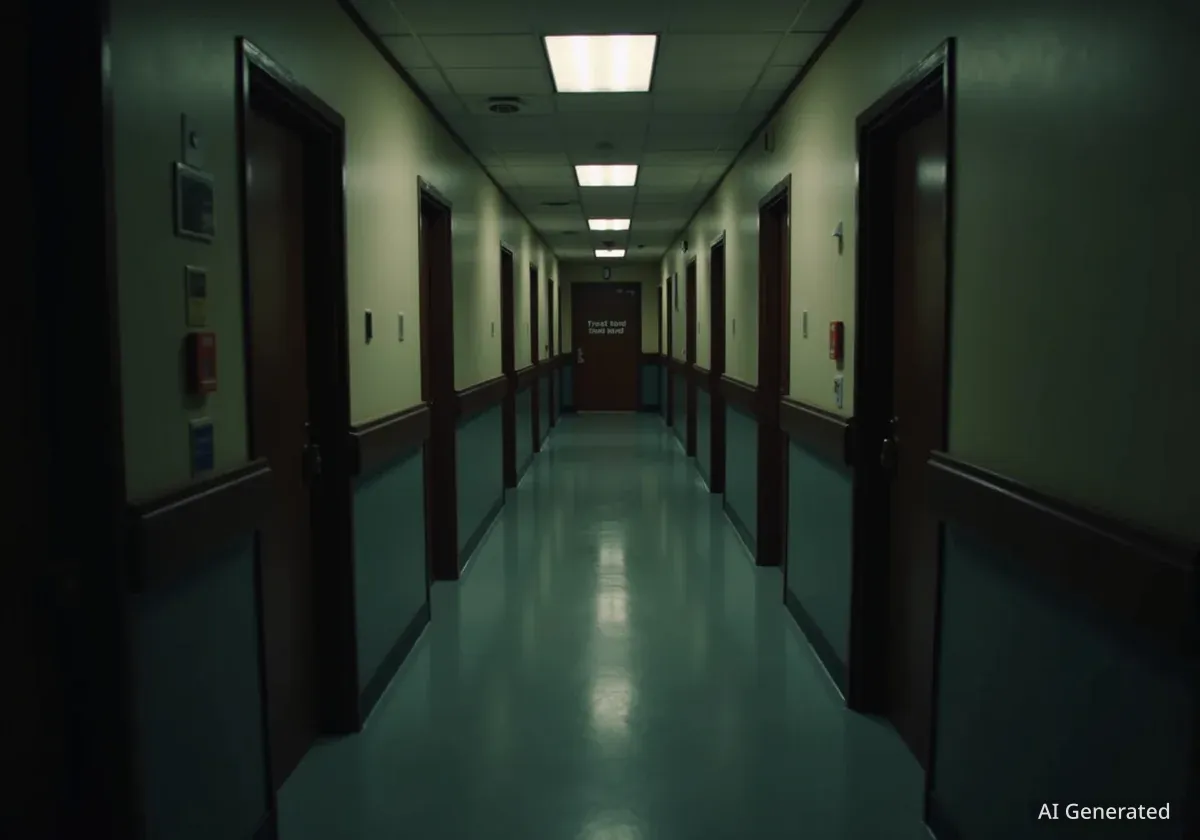The Social Security Administration's latest trustees report confirms that the program's combined trust funds are projected to be depleted by 2035. If Congress does not act, this would result in an automatic 17% reduction in scheduled benefits for millions of retirees and individuals with disabilities, impacting household finances across the United States.
This projection is based on current law and demographic trends, including lower birth rates and longer life expectancies. The report highlights the growing urgency for policymakers to address the long-term financial stability of one of the nation's most critical social insurance programs.
Key Takeaways
- The combined Social Security trust funds are projected to be depleted in 2035, one year later than last year's estimate.
- Without legislative changes, only 83% of scheduled benefits would be payable after 2035.
- The Disability Insurance (DI) Trust Fund is projected to remain solvent through the 75-year projection period.
- The Old-Age and Survivors Insurance (OASI) Trust Fund, which pays retirement benefits, is projected for depletion in 2033.
Understanding the Financial Challenge
Social Security operates on a pay-as-you-go system, where contributions from today's workers and their employers primarily fund the benefits paid to current retirees and beneficiaries. These contributions are collected through payroll taxes. For decades, the system collected more in taxes than it paid out in benefits, creating a surplus that was stored in two trust funds: the Old-Age and Survivors Insurance (OASI) Trust Fund and the Disability Insurance (DI) Trust Fund.
The primary challenge stems from a shifting demographic landscape. The number of retirees is growing faster than the number of workers paying into the system. This imbalance means that the program is now paying out more in benefits than it collects in revenue. To cover this shortfall, Social Security is drawing down the assets in its trust funds.
Demographic Shift by the Numbers
According to the trustees, the ratio of workers paying into Social Security for each beneficiary was nearly 2.8-to-1 in 2023. This ratio is projected to fall to 2.3-to-1 by 2040, placing increasing financial pressure on the system.
Once the trust fund reserves are fully depleted, Social Security will not stop paying benefits. However, it will only be able to pay out what it collects in ongoing tax revenue. The 2024 report estimates that this incoming revenue would be sufficient to cover only 83% of promised benefits for retirees and survivors starting in 2035.
The Details of the 2024 Trustees Report
The annual report from the Social Security and Medicare trustees provides a detailed financial check-up of the programs. While the combined fund depletion date is 2035, the two funds that make up Social Security have different outlooks.
Old-Age and Survivors Insurance (OASI)
The OASI Trust Fund, which pays retirement and survivor benefits, is the larger of the two and faces a more immediate shortfall. The trustees project this fund will be depleted in 2033. At that point, ongoing tax revenue would be sufficient to pay only 79% of scheduled benefits.
Disability Insurance (DI)
The DI Trust Fund, which provides benefits to workers with disabilities and their families, is in a much stronger financial position. The report projects that the DI fund will remain solvent throughout the entire 75-year projection period. This positive outlook is attributed to lower numbers of disability applications and fewer beneficiaries than previously estimated.
What Does 'Depletion' Mean?
It is a common misconception that trust fund depletion means Social Security will have no money. 'Depletion' refers to the exhaustion of the program's saved-up reserves. The system will continue to collect payroll taxes from workers and employers, allowing it to pay a significant portion of, but not all, scheduled benefits.
The slight improvement in the combined fund's outlook, moving the depletion date from 2034 to 2035, was attributed to stronger-than-expected economic growth and higher employment, which increased payroll tax revenue. However, officials caution that this minor shift does not change the fundamental long-term challenge.
"The Trustees continue to recommend that Congress address the projected trust fund shortfalls in a timely fashion to phase in necessary changes gradually," the report stated, emphasizing the need for legislative action to prevent sudden benefit cuts.
Potential Solutions on the Table
Policymakers have a variety of tools to address the long-term solvency of Social Security. Most proposed solutions involve either increasing revenue, reducing expenditures, or a combination of both. There is currently no political consensus on which path to take.
Commonly discussed proposals include:
- Raising the full retirement age: Gradually increasing the age at which workers can claim their full benefits, which is currently 67 for those born in 1960 or later.
- Increasing the payroll tax rate: Modestly raising the 12.4% tax rate that is split between employees and employers.
- Adjusting the cap on taxable earnings: In 2024, Social Security taxes only apply to the first $168,600 of earnings. Raising or eliminating this cap would subject higher earners to more taxation, significantly increasing revenue.
- Modifying the benefit formula: Changing the formula used to calculate initial benefits for future retirees could reduce long-term program costs.
- Changing the cost-of-living adjustment (COLA): Using a different inflation measure, such as the Chained CPI, to calculate the annual COLA could slow the growth of benefits over time.
Each of these options comes with significant trade-offs and political challenges. Experts suggest that the longer Congress waits to act, the more drastic the required changes will become. Acting sooner would allow for more gradual adjustments that could be phased in over many years, minimizing the impact on current workers and retirees.
Impact on Current and Future Retirees
For current retirees and those nearing retirement, the key takeaway is that their benefits are secure for the next decade. The projected shortfall is not immediate, and any legislative changes are likely to be phased in slowly, with many proposals specifically designed to protect current beneficiaries.
However, for younger workers, the future of the program is less certain. A 17% reduction in benefits could significantly alter retirement plans for Millennials and Gen Z. This uncertainty underscores the importance of personal retirement savings through vehicles like 401(k)s and IRAs, which should supplement, not replace, Social Security income.
Financial planners advise younger generations to factor potential changes to Social Security into their long-term planning. Assuming a lower benefit amount can create a more conservative and realistic retirement savings goal. The program has been a cornerstone of retirement security for nearly 90 years, and while it faces financial challenges, most analysts believe Congress will act to ensure its continued operation for generations to come, albeit likely in a modified form.





